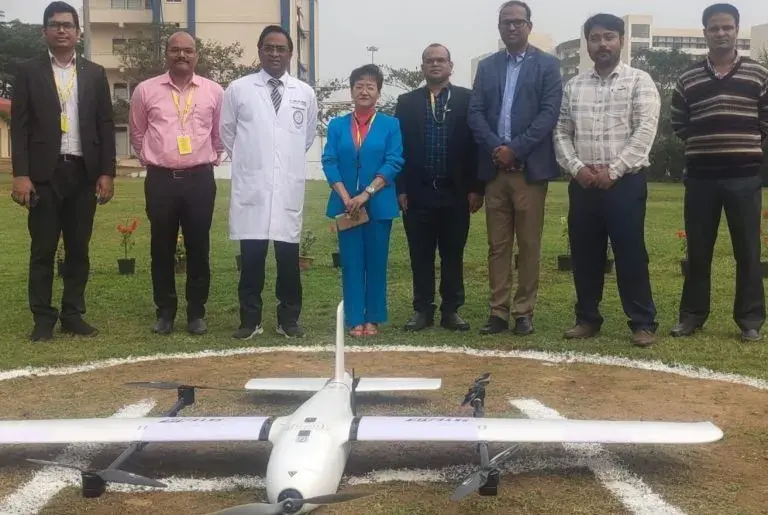India’s Healthcare Infrastructure Witnesses Post-Pandemic Growth
India’s healthcare infrastructure has experienced remarkable growth since the pandemic, according to a report by Pharmarack. Over the past five years, the number of hospitals has surged from 43,500 in 2019 to 54,000 in 2024, with private hospitals leading the growth at 27%. This rise has contributed to an increase in hospital beds from 1.1 million to 1.3 million during the same period, with projections estimating 1.7 million beds by 2030. Medical education has also expanded significantly. The number of medical colleges has grown from 387 in 2014, offering 51,348 seats, to 706 colleges with 109,145 seats in 2024. Similarly, nursing colleges have increased from 5,700 to 8,692 over the last decade, reflecting a strong push toward building healthcare capacity. Despite these advancements, challenges remain. A staggering 70% of India’s population resides in rural areas, yet only 25% of healthcare facilities cater to these regions. However, the adoption of pandemic-driven innovations like online pharmacies, teleconsultations, and government health initiatives is gradually bridging the gap, said Sheetal Sapale, VP (Commercial) at Pharmarack. The online pharmacy sector has seen explosive growth, expanding nearly four-fold from $512 million in 2018 to $2 billion in 2024. While initially growing at 10-15% annually, the sector peaked at 60% growth during the pandemic before stabilizing at 20%. “Online pharmacies have become especially popular among chronic illness patients for their discounts and convenience,” the report noted. With partnerships for last-mile delivery and options like cash-on-delivery and e-payments, these platforms are reaching semi-urban and rural regions, driving accessibility across the country. Source: financialexpress Photo Credit: financialexpress
India’s Healthcare Infrastructure Witnesses Post-Pandemic Growth Read More »



